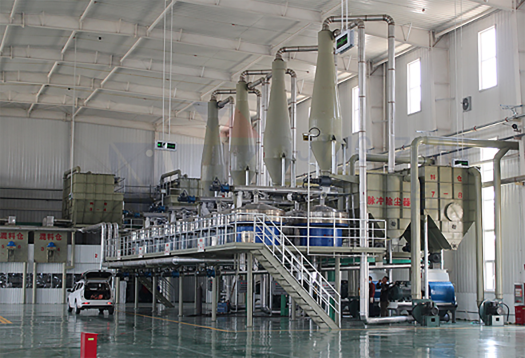
ਅਕਤੂਃ . 18, 2024 15:39 Back to list
Hydroxypropyl Methyl Cellulose Application and Import Regulations Overview Guide
Understanding Hydroxypropyl Methyl Cellulose and Its HS Code
Hydroxypropyl methyl cellulose (HPMC) is a versatile and widely used cellulose ether that is derived from natural cellulose. Its unique properties make it an essential ingredient in various industries, including pharmaceuticals, food, construction, and personal care products. To facilitate international trade, HPMC is classified under specific harmonized system (HS) codes. Understanding HPMC and its HS code is crucial for manufacturers, traders, and regulatory professionals involved in importing and exporting this substance.
What is Hydroxypropyl Methyl Cellulose?
HPMC is a synthetic polymer that belongs to the cellulose ether family. It is produced by the chemical modification of natural cellulose, which is obtained from plant fibers. The structure of HPMC includes hydroxypropyl and methoxy groups, which impart unique solubility characteristics and rheological properties to the polymer. It is non-toxic, biodegradable, and highly versatile, allowing it to be used in various formulations.
Due to its excellent film-forming, thickening, and emulsifying properties, HPMC is commonly utilized in the pharmaceutical industry as a binder, stabilizer, and controlled-release agent in drug formulations. In the food sector, it is used as a food additive to enhance texture, improve moisture retention, and stabilize emulsions. In construction, HPMC is employed as a thickening agent in cement-based products, allowing for improved workability and adhesion.
Applications of Hydroxypropyl Methyl Cellulose
1. Pharmaceuticals HPMC is extensively used in the pharmaceutical industry for controlled drug release formulations. It helps in tablet binding and provides a sustained-release mechanism for active ingredients, making medications more effective and patient-friendly. Moreover, HPMC formulations can enhance the bioavailability of poorly soluble drugs.
2. Food Industry In the food sector, HPMC serves as a thickener, emulsifier, and stabilizer. It is commonly found in products such as ice cream, sauces, salad dressings, and bakery goods. Its ability to retain moisture and improve texture is especially significant for low-fat and gluten-free products.
3. Construction In construction materials such as tile adhesives and mortar, HPMC acts as a water-retaining agent, allowing for improved open time and workability. This property helps in enhancing the adhesion of various building materials.
hydroxypropyl methyl cellulose hs code

4. Personal Care HPMC is utilized in cosmetic and personal care formulations to enhance viscosity and stabilization. It is an essential ingredient in hair gels, lotions, creams, and other personal care products.
HS Code for Hydroxypropyl Methyl Cellulose
The Harmonized System (HS) code is an internationally standardized system of names and numbers for classifying traded products. It was developed by the World Customs Organization (WCO) and is used by customs authorities around the world to ensure consistency in trade and taxation.
For hydroxypropyl methyl cellulose, the HS code typically falls under the category of other cellulose derivatives and cellulose ether. The specific HS code can vary by country, but it is generally classified under
- HS Code 3912.31 - This code refers to synthetic polymers in primary forms, specifically cellulose ethers.
Knowing the correct HS code is vital for businesses involved in the international trade of HPMC, as it facilitates the efficient processing of customs clearance, complies with import/export regulations, and ensures accurate tariff applications.
Conclusion
Hydroxypropyl methyl cellulose plays a crucial role in multiple industries, ranging from pharmaceuticals to construction. Its multifunctional properties contribute significantly to product formulation and performance. As global trade continues to expand, understanding the relevant HS codes is essential for businesses involved in the import and export of HPMC. By ensuring compliance with international standards, manufacturers and traders can successfully navigate the complexities of global commerce and leverage the benefits of this versatile polymer.
-
Versatile Hpmc Uses in Different Industries
NewsJun.19,2025
-
Redispersible Powder's Role in Enhancing Durability of Construction Products
NewsJun.19,2025
-
Hydroxyethyl Cellulose Applications Driving Green Industrial Processes
NewsJun.19,2025
-
Exploring Different Redispersible Polymer Powder
NewsJun.19,2025
-
Choosing the Right Mortar Bonding Agent
NewsJun.19,2025
-
Applications and Significance of China Hpmc in Modern Industries
NewsJun.19,2025







